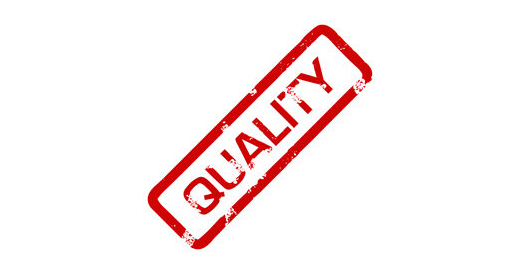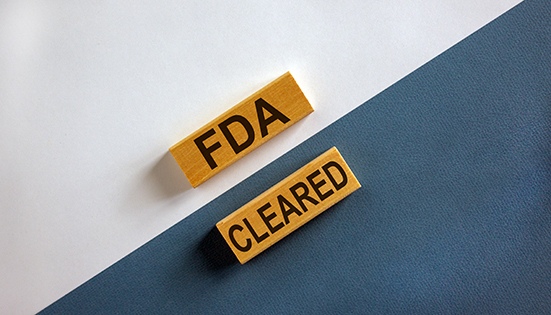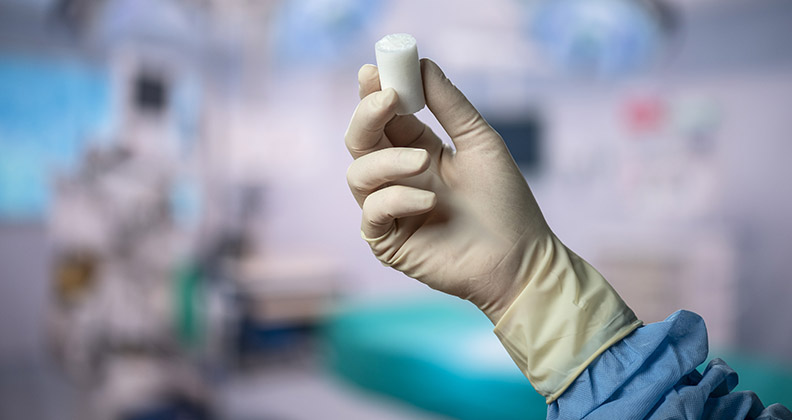
Supply chain quality impacts every device company and supplier partner, involving personnel in R&D, purchasing, quality and sourcing.
OEMs and their suppliers play roles in engaging individuals within their own companies to ensure that product quality, integrity and patient safety remain areas of focus throughout the entire manufacturing process.
At OMTEC® 2018, a panel comprising two OEM and two supplier experts, moderated by an industry consultant, discussed the crucial aspects of supply chain quality. We learned much from the discussion and thought you would, too.
In Part I of our recap, we presented the OMTEC panelists’ comments on OEM/supplier relationships and the challenges posed by quality agreements, regulatory oversight and continuous improvement efforts. In Part II, we present their thoughts on European Union Medical Device Regulation (EU MDR), third-party audits and the need for consistency in validations across the industry.
David Finch, Founder and Principal, Insight Collaboration Partners: What are your successes and challenges in standardizing supplier quality approval requirements? How do you see a program such as MedAccred enhancing, or at least supplementing, the compliance and supplier approval process? [Editor’s note: MedAccred is a supply chain oversight program managed by the medical device industry to prevent product defects.]
Greg Coberly, Global Quality Director, Autocam Medical: In this industry it seems like no matter what we have, whether it’s ISO 13485 or Medical Devices Single Audit Program certification, we still see audits every year. The ability of an entity like MedAccred to effect the industry is based on whether or not the OEMs embrace it. We have to be very data-driven; having outside companies look at the way you’re validating your processes by observing data isn’t necessarily just the compliance side of it. If we can get past where we have very inconsistent validation requirements from customers, we could focus on improvement and how we can better partner to make more traction.
Howard Levy, Vice President, Global Sourcing, Instruments & Trauma Supply Chains, Zimmer Biomet: If we could agree on a consistent way to do validations across the industry, that would greatly enable quality organizations that should be working on new product introductions or issues that are specific to that OEM to give that OEM a competitive advantage. There needs to be a pivot as we look at quality.
Scott Shankle, Vice President, Operations, MicroPort Orthopedics: Everyone should be trying to get more out of their quality audits than compliance. If MedAccred can come in and look at more standardized processes, whether it’s sterilization, packaging, ISO or even ASTM standards for implant cleaning, those are things where they look at those validations and process controls. I do think it would be hard for an independent organization to look at the technical aspects of what’s going on with our products. I think it’s a stretch to say that it could replace your supplier quality program, but could it augment it, so that instead of doing a four-day supplier audit, it shortens that time for us?
Bill Ditty, Vice President, Quality Assurance, Compliance and Legal, Orchid Orthopedic Solutions: Having better and fewer partners going forward can help with standardization. During the last three years we’ve seen how fast the supply chain can evolve. We hired our very first director of global sourcing. We’ve never had that role before. It has grown even further, as now we have a supply chain council aimed at having standards so that we’re buying similar items across our facilities for things like efficiencies. We have commodity discussions and indirectly improve quality as a result.
Finch: The quality and functional responsibility of all devices and instruments really lies with the OEM. In recent years, that responsibility seems to have broadened to include supply partners, distributors and even distributed products that OEMs don’t make; they sell. One example of this is the recently-enacted EU MDR. As in the case of many regulations, MDR provides outcome requirements and some general guidelines. But details are slim on what the expectations are what you’re supposed to do. This causes an overreaction among the regulatory team, because they want to make sure you comply, which can set up conflicts among a company’s regulatory, operations and supply chain management departments. It may seem like you have a number of years before you have to concern yourself with this, but you really don’t have that much time to prepare.
What challenges do you anticipate having with EU MDR, from a supply chain perspective, for sourced or distributed products?
Shankle: I’m in operations; we look at MDR as a little bit vague still. The way I like to put it, and the regulatory people might see this as a gross oversimplification, but it looks like not a lot of new stuff, just a whole lot more of the old stuff. By “stuff” I mean the requirements we all already do with validation and documentation; the levels at which we do all of that are going to increase. It also seems clear to me that it’s going to further incentivize OEMs when they’re working with their suppliers to do it right the first time—set up your processes and agreements as robustly as you can, like they’re going to last forever, because they’re going to be very difficult to change after your initial offering or licensing of the product. The bar for return on investment of what changes you make is going up, because making those changes is going to be that much more difficult.
Coberly: It’s certainly all going to flow down to [the contract manufacturers]. Some things remain unresolved yet at the EU level. Our customers are asking for more information, like contact materials lists and different kinds of information. We’ve had a few unannounced audits, which isn’t going to change. MDR won’t change a lot for us, but it will be about providing more information to our OEM customers who have to use it to market their devices in the EU.
Ditty: UDI is basically going to carry over to the EU. That’s one thing that we’re following. At Orchid, we’ve already acquired the capital based on U.S. requirements. From the contract manufacturing standpoint, the shot across the bow has come our way the last month or two, with data requests trying to identify what products are CE Marked, etc.
Levy: It’s a little fuzzy. We don’t see a big difference yet from the EU and MDR requirements. For third-party suppliers, it could be a challenge. The bad news is that for the more entrepreneurial companies that are coming up with a better product, perhaps particularly for the European market, they have to make millions of dollars in investments into systems. That golden goose could be hampered as large companies, like ourselves, selectively look at where we can grow the business quicker with someone’s off-the-shelf product and use our distribution channel as a win in Europe. Additionally, MDR could force some product or supplier rationalization. We have an incredibly complex number of parts and SKUs.If there is a sanity check, both with the third-party entities and internally, where we have to get rid of some of these low-volume, straggler suppliers or SKUs that may have suspect quality systems that MDR could bring out, I would welcome that. In this industry, it doesn’t seem like we ever completely retire an SKU; we’re still selling it years and years later. If MDR drives [these changes], it could actually be a positive.
Rob Meyer is ORTHOWORLD’s Senior Editor.




